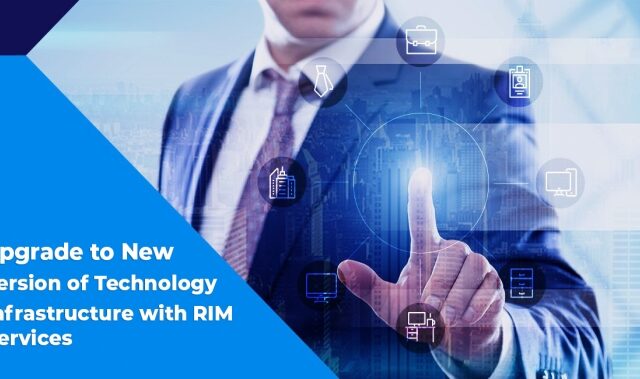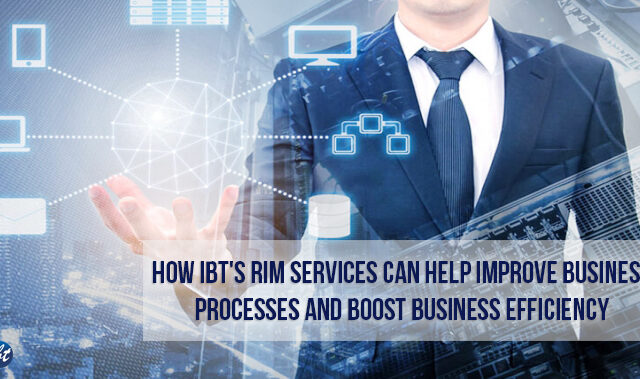
All Under One Roof Outsource Remote Infrastructure Management
In today’s dynamic business landscape, competitive differentiation is the key to both success and sustenance. So, businesses bank on advanced technologies to help them walk the tightrope – cater to ever-changing consumer demands, control costs and improve operational efficiency without compromising on quality. In the recent past, however, there have been major changes in core technologies and IT architectures – virtualization and adoption of open source, consolidation and remote location of data centers, etc., and critical developments in the vendor environment – flexibility in terms of technology and architectural control, creation of new software, etc.
Businesses invest considerably on building customized IT solutions, making efficient management of the underlying infrastructure an imperative. But this drains vital resources from other crucial functions like strategic planning and delivery. Meeting customer expectations, while conforming to security standards and increasingly strict regulations, also poses a great challenge. Businesses, thus, look for a comprehensive set of services that not only covers the entire gamut from database administration to end-to-end support, but also improves the scalability and transparency of their IT infrastructure.
This is where remote infrastructure management (RIM) helps. It manages the diverse IT systems in enterprises, enabling them to cope with the challenges of changing technological imperatives. characterized by quality processes, high security and SLA driven engagements, remote infrastructure management helps optimize critical IT investments and drive business excellence. It takes care of everything; from basic monitoring services to disaster management services, and helps businesses tackle specific pain points.
RIM solutions offer great value, especially because most service providers guarantee utility-based pricing, aligning customers’ business demands with costs. Their integrated governance and service management also streamlines processes and ensures better business-IT alignment through data center operations and helpdesk, network and server management, desktop management, security management, application management, hosting and end-user support. Thus, remote infrastructure management service providers help their customers:
- Reduce total cost of ownership by creating a centralized unit that monitors and manages IT systems
- Mitigate security risks by ensuring compliance
- Improve productivity with the help of a unified IT management system that ensures quick execution/implementation of processes across all divisions/functions.
- Enhance business continuity by lessening downtime
Remote infrastructure management ensures better ROI by ensuring that businesses run uninterrupted, with no or minimal impact and quick restoration of critical services in the event of any mishap or disaster. Such services are backed by flexible engagement models, which let businesses implement newer SOPs and deliver seamlessly in an agile environment. Also, leveraging such services helps organizations save the trouble of hiring and training resources to maintain their IT infrastructure.
GLOBAL & REGIONAL BRANDS THAT TRUST IBT




























